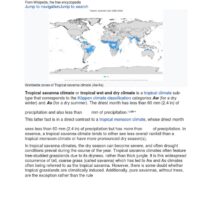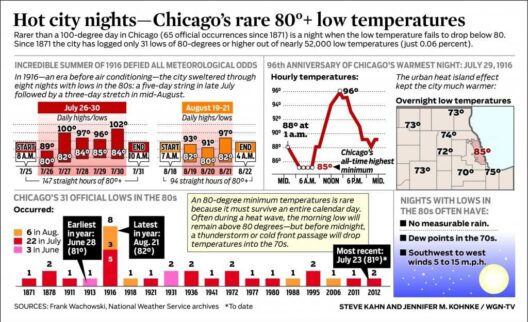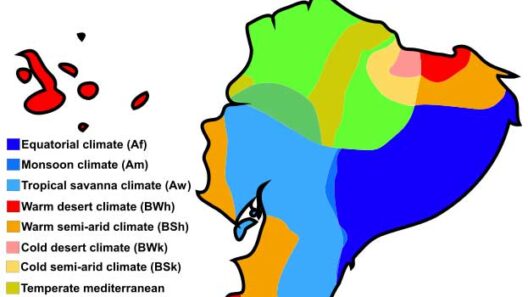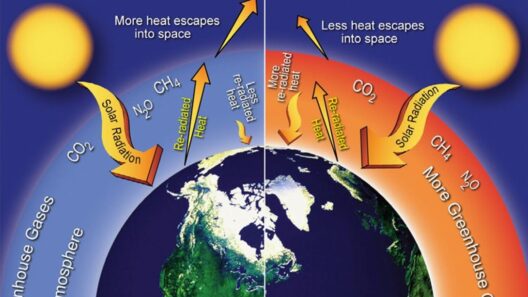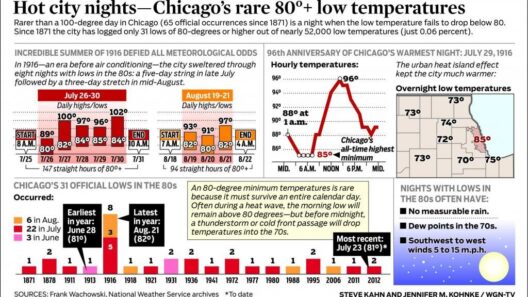Georgia, often revered for its verdant landscapes and heralded as the Peach State, is a region that experiences a complex tapestry of climatic conditions. The state resides primarily in the humid subtropical climate zone, characterized by hot, sultry summers and mild winters. This climatic diversity engenders vibrant ecosystems, which are crucial for both flora and fauna, while also posing unique challenges for residents and conservationists alike. What if the shifting seasons offer not just beauty but also a harbinger of environmental transformations? This exploration seeks to unravel the four seasons of Georgia, their distinct characteristics, and the subtle environmental shifts that accompany them.
The spring season, typically spanning from March to May, is perhaps one of Georgia’s most enchanting periods. As the chill of winter recedes, a symphony of life emerges. The state blooms with a kaleidoscope of colors, as azaleas and dogwoods herald the arrival of warmer temperatures. Rainfall during this season is generally abundant, facilitating the growth of vegetation. Average temperatures gradually ascend, ranging from the mid-50s to the high 70s (°F). However, amid this allure, spring brings forth a paradox—a rising incidence of severe weather phenomena, such as thunderstorms and tornadoes. Residents must remain vigilant, for the climate’s unpredictability calls for an informed approach to safety, urging communities to take holistic disaster preparedness measures.
As the season unfolds, one cannot ignore the ecological implications of climate change, which threatens to disrupt these intricate seasonal patterns. The increasing frequency of extreme storms may serve as a clarion call for environmental activism. Are our cherished springs transforming, and how can we ameliorate their impact on our ecosystems?
Summer, which swathes the Peach State from June to August, is synonymous with heat and humidity. As the sun ascends in the sky, temperatures often soar into the 90s. Humidity levels can be oppressive, leading to a sultry atmosphere that can sometimes feel unbearable. This season, while admired for long daylight hours perfect for outdoor activities, poses significant challenges. Heatwaves are not uncommon, and the risk of drought becomes pronounced. These temperature extremes can exacerbate water scarcity, affecting agriculture, wildlife, and even human health.
The lush landscapes of Georgia during summer are stunning, cloaked in leafy green and vibrant wildflowers. Yet, the paradox remains—while residents relish the seasonal charm, they are also grappling with the implications of an increasingly fickle climate. The agricultural sector, for instance, plays a vital role in Georgia’s economy, yet hotter summers can threaten crop yields. Moreover, the growing season is shifting, leading to potential mismatches between traditional farming practices and current climatic realities. Herein lies a challenge: how can growers adapt their methods to sustain productivity amid fluctuating weather patterns?
Autumn arrives in September, guiding Georgia into a period of transformation. With the sweltering heat waning, the state adorns itself in hues of amber, russet, and gold. Temperatures during fall fluctuate between the upper 50s to low 80s, providing a reprieve from summer’s oppressive warmth. This season is marked by reduced humidity and an abundance of cultural festivities, including the famed Georgia National Fair.
The allure of autumn in Georgia is further enhanced by the phenomenon known as “leaf-peeping,” where visitors flock to witness the breathtaking foliage. However, a deeper examination of this picture-perfect season reveals growing concerns associated with changing temperatures. The onset of fall has implications for plant phenology—the timing of life cycle events in plants. How might warmer autumns influence the timeline of flowering and fruiting? This inquiry is essential, as it may affect not only the state’s flora but also the fauna that rely on specific plant species for sustenance. The interplay of climate and biological systems begs the question: Can we ensure our ecosystems remain resilient in the face of this evolving environmental narrative?
Lastly, winter swathes Georgia from December to February, ushering in a cooler, yet generally mild, climate. Unlike many northern states, Georgia rarely experiences severe winters, with temperatures typically ranging from the mid-30s to low 50s. Snowfall is infrequent, but when it does occur, it transforms the landscape into a winter wonderland, albeit momentarily. The cooler temperatures provide a necessary dormancy for many plants, ensuring a healthy cycle of growth for subsequent seasons.
However, winter’s mild disposition is not without its implications. Warmer winters may disrupt hibernation patterns in wildlife and lead to an increase in pest populations, including invasive species. This shift poses a significant threat to local ecosystems and biodiversity. In light of these concerns, the question arises—are our winters becoming less of a natural respite and more of a climate-related conundrum?
In summary, Georgia’s climate, with its distinct seasonal delineations, showcases the interconnectedness of ecological systems and anthropogenic influences. The state’s springs, summers, autumns, and winters offer a rich tableau of natural beauty, yet they also unveil a landscape fraught with challenges brought about by climate change. In understanding the nuances of each season, we can better appreciate and preserve Georgia’s ecological heritage while forging a path forward that prioritizes sustainability and resilience. As the seasons change, so too must our approach to caring for our environment in Georgia and beyond.


